Longtime friends conserve relics together
Updated: 2015-11-03 08:51
By Liu Xiangrui In Dunhuang, Gansu Province(China Daily)
|
||||||||
A major exhibition on the Mogao Grottoes is to be held at the Getty Museum in Los Angeles in May 2016.
The event is the celebration of a long relationship between members of Getty Conservation Institute and the Dunhuang Academy, which have worked together on the UNESCO World Heritage site since 1989.
The exhibition is the first large-scale display in North America on the Mogao Grottoes in Dunhuang along the ancient Silk Road.
Fan Jinshi, who retired earlier this year as Dunhuang Academy's director, has witnessed the growth of her academy's partnership with the institute over the years.
The academy was among the earliest in China to seek international support and cooperation in relic protection, when it had difficulties such as insufficient technology, personnel and funds to protect the grottoes in the 1980s.
"We didn't even have enough money to install protective doors for the caves," she recalls.
As Fan desperately sought financial assistance from international organizations, she found the institute with help of an Australian friend.
"They wanted work together with us on the protection instead of just giving us funds. I am glad they did that, because isn't that our purpose?" says Fan.
Since then, the institute has sent professional teams to Dunhuang twice a year. The conservationists stay for about two weeks each time, working together with their peers from the academy on relic protection work.
Each time, both sides work on specific tasks. Focus is put on different aspects, from environment monitoring, sand management, protection of wall paintings, overall protection guidelines for the site and nurturing professional talent.
According to Su Boming, the director of the academy's Relic Protection and Research Institute, the foreign experts brought in more than advanced techniques and equipment.
"While working with them, our people are greatly influenced by their working methods and their ways of thinking, which are very helpful for us to solve similar problems," says Su.
According to Martha Demas, a senior project specialist with the Getty Conservation Institute, the institute's decades-long partnership with the academy is one of the highlights of its international collaboration.
"We trust and understand one another. That makes a great difference. It happens only when you have a long partnership," says Demas, who started working 10 years ago with the academy on master planning for the site, especially visitor management.
According to Demas, higher visitor numbers mean problems such as moisture that ultimately leads to damage of the wall paintings.
A mega-data monitoring system was established after her team had done research with the academy on the site's carrying capacity, by looking at the impact of visitors on individual caves.
"Our goal is to both preserve the site and ensure that visitors have a good experience," she says.
Despite working on different protection projects around the world, Demas and her team often face new challenges.
According to her, the fast changes in China have had an impact on her work. She says that 70 percent of the visitors to the site now come in cars, which is a sharp increase compared with 10 years ago, and poses a new problem.
"It's hard to manage things when they change so fast," she says.
According to Fan, collaboration between the two organizations isn't without problems.
Stories of rows between Fan and the institute's principal project specialist, Neville Agnew, both known for as temperamental people, are common knowledge to members from both sides.
"Earlier, we often had quarrels due to misunderstandings or different opinions. But as we got to know each other better, we realized that both of us wanted the same good results," says Fan.
Now they have become good friends.
According to Fan, she is impressed by Agnew's high standards and global vision.
"I respect him very much as a partner," says Fan.
In the past years, the two sides have expanded their collaboration several times, and years of collaboration have given Chinese and US preservationists a lot of good results.
The practices and principles developed during the project on Cave 85, a late Tang Dynasty (AD 618-907) gem that had deteriorated due to salts in the underlying rocks, have been adopted as the Principles for the Conservation of Heritage Sites in China, a set of national guidelines.
The project led to the creation of an experienced team whose members have participated in relic protection around China.
During the past years, many staff members from the academy have received training at the institute. The two sides have also worked with other organizations, including foreign universities, to train professionals to look after wall paintings.
"Staff members here are much more aware of theory and practice. This is very beneficial for preserving heritage," says Demas. "In the end, technology can work if there are good management systems and well-trained people."
According to Wang Xudong, the academy director, it now wants to further strengthen international collaboration.
The academy and the institute are preparing to establish an international joint research and protection center for relics, which is an open and long-term platform that can involve third-party organizations in efforts to jointly protect relics like the Mogao Grottoes.
"In the future, we hope that our academy can help with relic protection in other countries," says Wang.
liuxiangrui@chinadaily.com.cn
|
Left: Fan Jinshi (middle), former director of Dunhuang Academy, and her longtime partner Neville Agnew (right), look back on their past cooperation experiences. Right: Getty Conservation Institute's specialist Agnew works with a Chinese colleague from the Dunhuang Academy some 10 years ago. Photos By Liu Xiangrui / China Daily And Provided To China Daily |
(China Daily 11/03/2015 page18)
- Insurance for caring services sought in rapidly aging capital
- Criminal Law amended to combat terrorist activities
- Swimmers battle against the cold in ice-covered river
- Silent disco yoga class in HK quiets body and mind
- Endangered storks flock to reserve in record numbers
- Green victory in court seen as setting trend
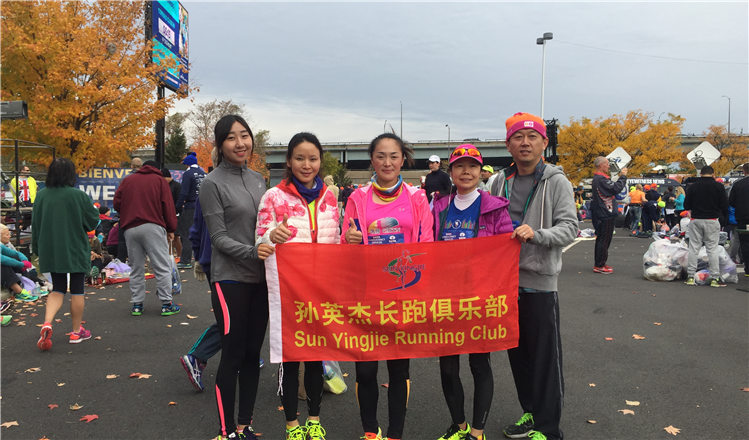
 Chinese go the distance for marathon
Chinese go the distance for marathon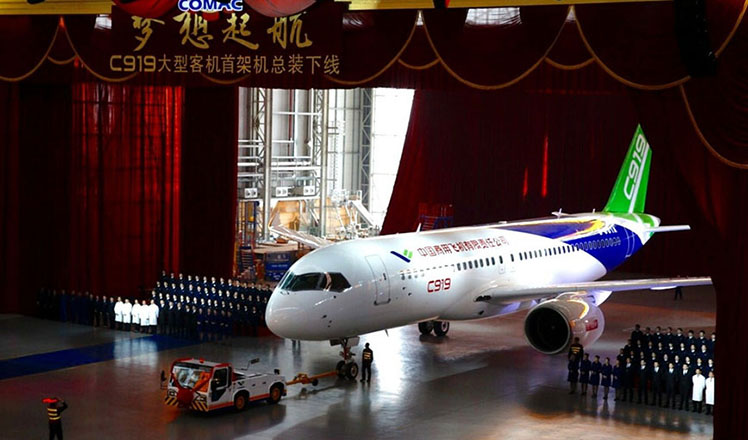
 First made-in-China large plane rolls off assembly lines
First made-in-China large plane rolls off assembly lines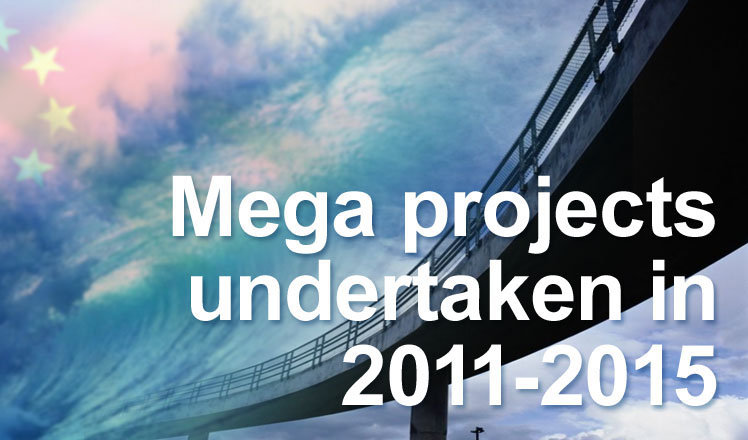
 Mega projects undertaken in 2011-2015
Mega projects undertaken in 2011-2015
 The world in photos: Oct 26 - Nov 1
The world in photos: Oct 26 - Nov 1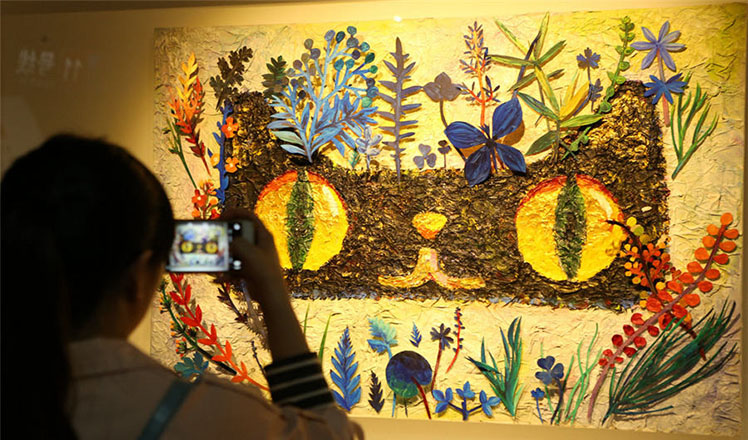
 Art installations brighten Shanghai subway
Art installations brighten Shanghai subway
 Radwanska masters art of finishing on a high note
Radwanska masters art of finishing on a high note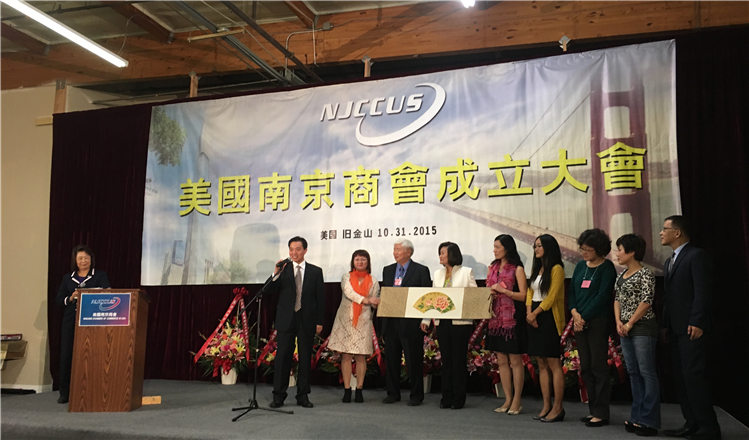
 Nanjing Chamber of Commerce sets up in Silicon Valley
Nanjing Chamber of Commerce sets up in Silicon Valley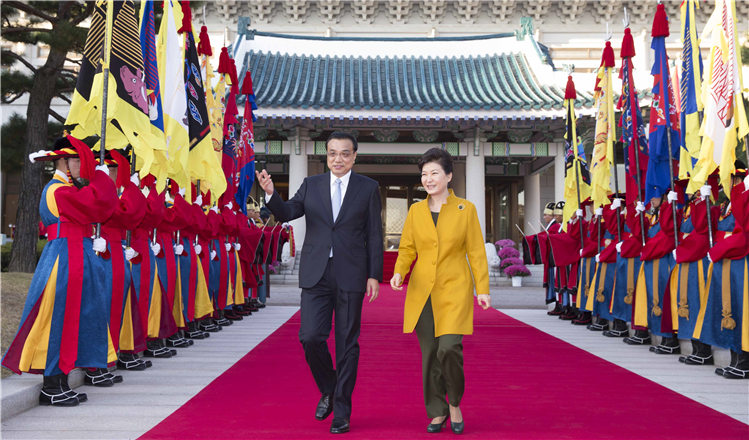
 South Korean President welcomes Premier Li Keqiang
South Korean President welcomes Premier Li Keqiang
Most Viewed
Editor's Picks

|

|

|

|

|

|
Today's Top News
Tu first Chinese to win Nobel Prize in Medicine
Huntsman says Sino-US relationship needs common goals
Xi pledges $2 billion to help developing countries
Young people from US look forward to Xi's state visit: Survey
US to accept more refugees than planned
Li calls on State-owned firms to tap more global markets
Apple's iOS App Store suffers first major attack
Japan enacts new security laws to overturn postwar pacifism
US Weekly

|

|







